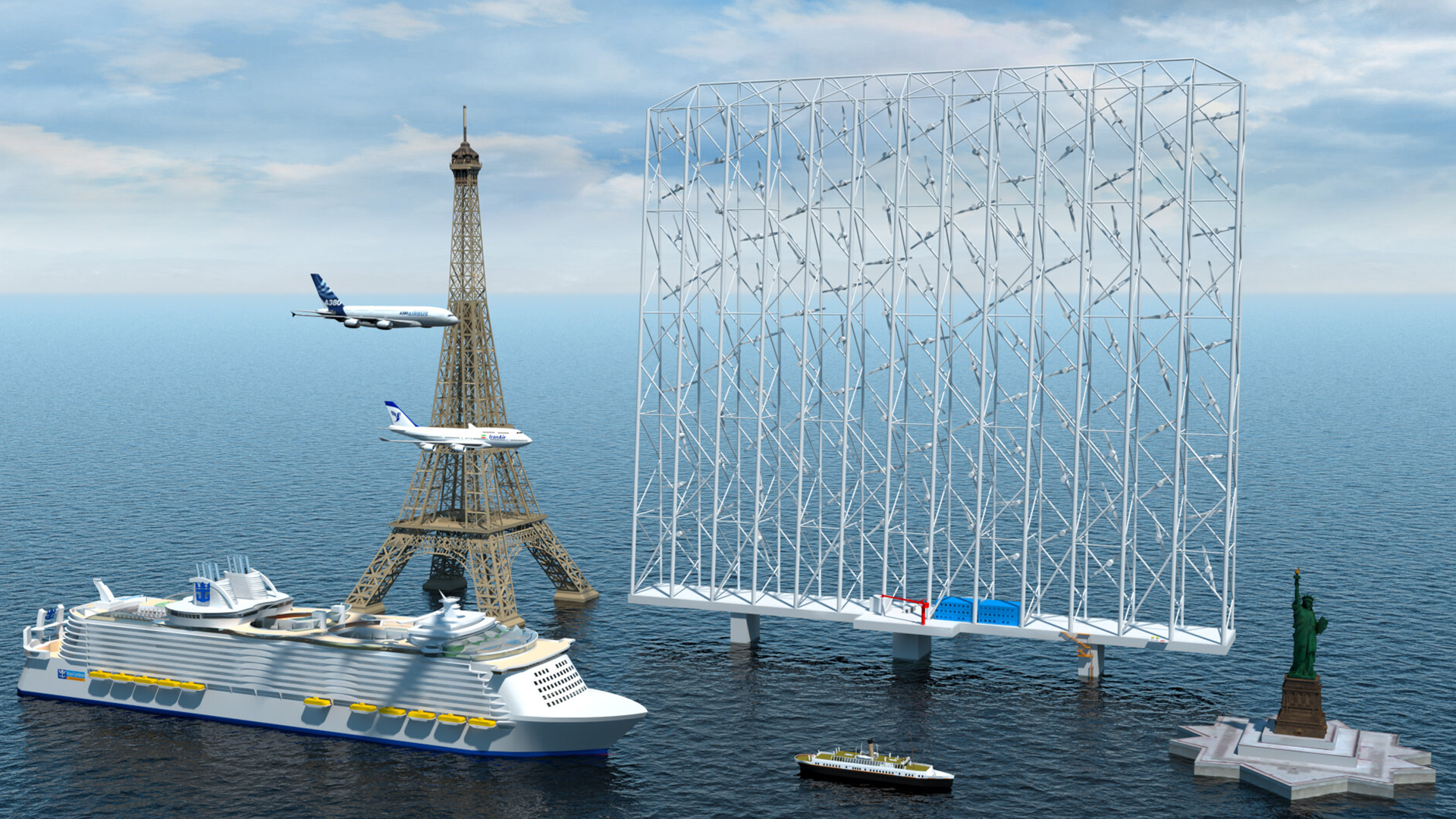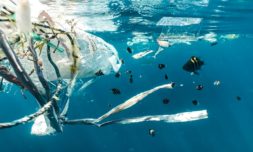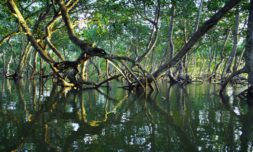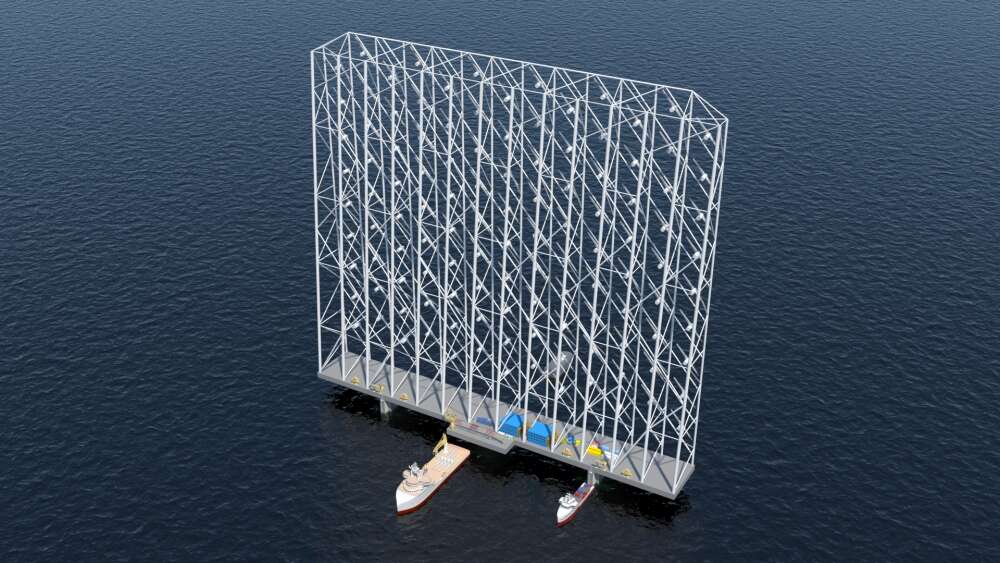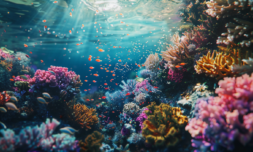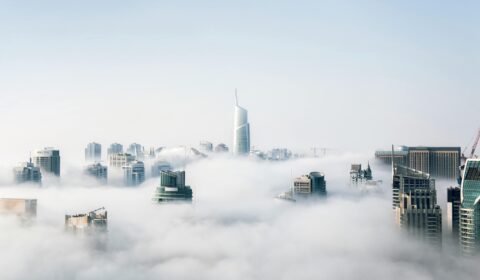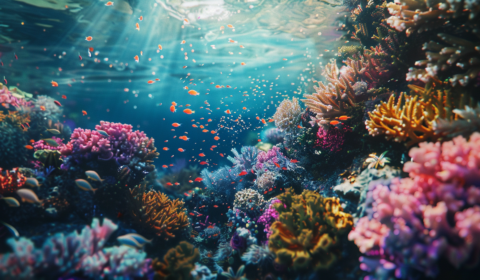A start-up in Norway has invented a multi-turbine technology that could help to radically alter how we use wind energy, making it more resourceful and efficient.
What’s 1000ft tall and could power the population of Cannes?
In the last few decades more and more attention, investment, and time has been poured into developing sources of renewable energy in order to replace the burning of harmful fossil fuels.
Now, with the immediate effects of climate change and of these unsustainable and unstable energy resources, the innovative Windcatcher seems to have come in the nick of time.
The Windcatcher is a floating, multi-turbine invention of Nordic company Wind Catching Systems that hopes to revolutionise wind energy.
Wind Catching Systems was founded in 2017 by Ole Heggheim, Arthur Kordt and Asbjørn Nes, the latter of which was responsible for designing the concept of the Windcatcher.
Wanting to radically improve offshore wind technology, they questioned whether the ‘windmill’ design of land wind turbines was the most efficient, and what they could do to improve it.
The result was the Windcatcher, which consists of many smaller turbines rather than the usual singular large one, on a floating platform.
The Windcatcher has double the swept area (area through which the blades of a wind turbine spin) as a conventional wind turbine, and can generate 5x the annual energy production.
In fact, a single Wind Catching unit produces enough electricity for 80,000 European households. (That’s about the population of Cannes, France).
The Windcatcher is not only more efficient than our current modes of wind energy production, but uses 80% less space, and has a 50 year service life, as opposed to the 30 years of current wind turbines.









